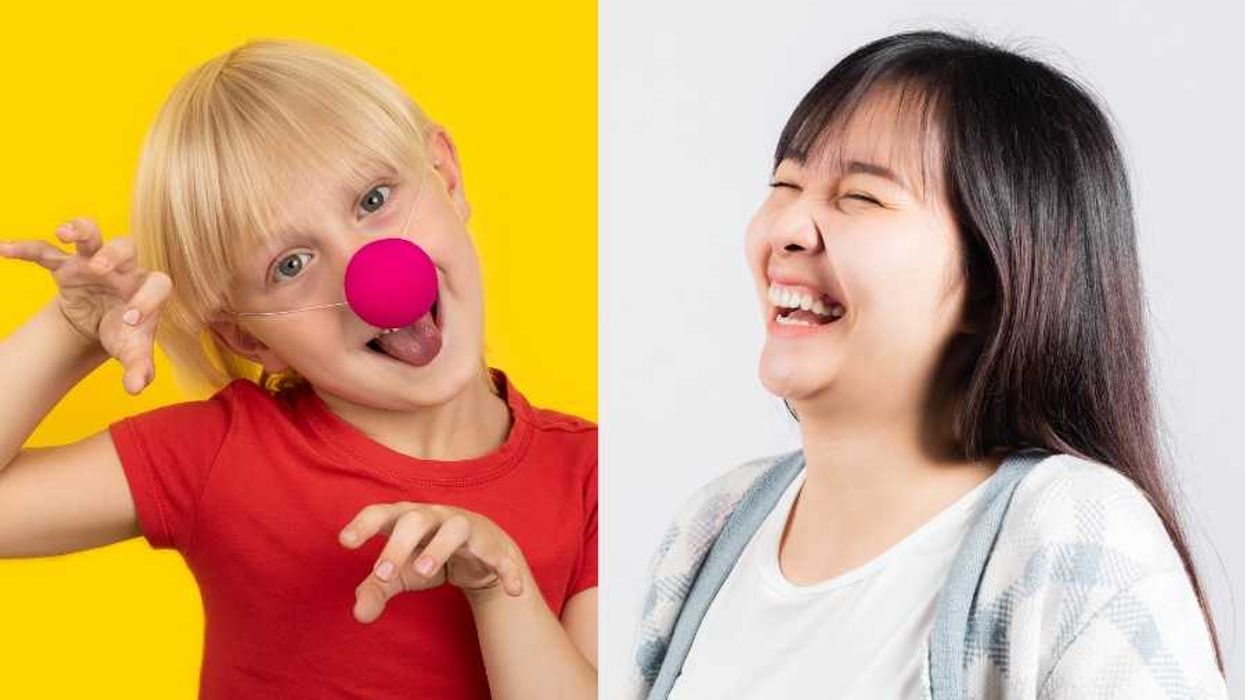Over two decades ago, “The Sandlot” hit theaters. Moviegoers were introduced to a scrappy group of kids who spent long summer days on a makeshift baseball field in the early ‘60s. It’s a coming-of-age story about how the new kid in town learned to play ball and, in the process, made lifelong friends.
Since its original release, the film has come to be seen as a sports classic: one that Gen Xers saw as kids and then passed down to their Millennial children. These days, shirts emblazoned with the film’s signature catchphrase, “You’re killing me smalls,” are on sale at your local Target. And if you scroll through basic cable, you’re bound to run across “The Sandlot” for viewing on a Saturday afternoon.
The film has even been a huge inspiration for a number of Major League Baseball players.
A few years back, the film’s director, David Mickey Evans, and stars Chauncey Leopardi and Patrick Renna, watched the Boston Red Sox batting practice and David Ortiz gave them all a big bear hug and said, “You guys are my heroes.”
Yankees recreate scene from the sandlot pic.twitter.com/voqCfI9naP
— Baseball King™ (@BasebaIlKing) December 11, 2017
On June 16, the Los Angeles Dodgers celebrated the film’s 25th anniversary with an appearance by its stars and a screening of the film after a game versus the San Francisco Giants.
Heroes get remembered but legends never die. #TheSandlot25 | #Dodgers pic.twitter.com/UPAnf1SrOO
— Los Angeles Dodgers (@Dodgers) June 16, 2018
The starting lineup. #TheSandlot25th | #Dodgers pic.twitter.com/OA9xTFvZkQ
— Los Angeles Dodgers (@Dodgers) June 17, 2018
Saved the best for last. Met my ginger brother @redturn2 ! Good win today! Just saying @dodgers #sandlot25th may be a good luck charm pic.twitter.com/eQOJIJDs4K
— Patrick Renna (@PatrickRenna) June 17, 2018
To commemorate the film’s anniversary, GOOD caught up with Evans to talk about why the film still matters now:
While “The Sandlot” was a hit when it was released in 1993, 25 years later, it seems to have exploded in popularity. How did it happen?
It has absolutely grown in popularity and has been more successful every subsequent year than the year before. It went into the video rental market at the height of the VHS rental days and found a new and larger audience. Then when the DVD revolution hit, the rentals and purchases went off the charts.
Why does the film have such staying power?
The film’s staying power is – to state the obvious — because people love to watch it over and over again. I think, in a very basic way, that’s because no matter who you are, where you were brought up, or what the circumstances of your life have been, everyone either knew one of those characters, was one of those characters, or wanted to be one of those characters.
Benny “The Jet” Rodriguez was a great role model for Latino kids at a time when they weren’t represented much in popular culture. Was it a conscious decision for you to add a Latino role model?
Yes, it was. Where I grew up in the northeastern San Fernando Valley in Southern California in the 1970s, it was a predominantly Latino population. So I drew from those memories.
Have you run into people who were inspired by the Rodriguez character?
Many, many fans have told me how much the Benny character influenced their childhoods, and taught them lessons about friendship and standing up for the little guy.
Do kids today still have that “Sandlot”-style experience of spending long days playing ball with their friends?
Sadly, I don’t think so. When I was a kid, during the summer, we’d leave the house when the sun came up and went home when the sun went down — all without a second of adult supervision. In this day and age, I can’t imagine that happening anymore. I think the closest kids get to that sort of experience these days is with organized sports.
“The Sandlot” is an underdog story about Scotty Smalls, an unathletic kid who aspires to be better. Have “Sandlot” fans been inspired by Smalls?
Not the Smalls character specifically, but I hear from fans all the time who tell me how much the film means to them, and even professional baseball players who say “The Sandlot” is the reason they play baseball. When the New York Yankees and the Milwaukee Brewers reenact scenes from your film, I suppose you have to believe it means something special to them!
Twentieth Century Fox is celebrating the film’s anniversary by bringing it back to theaters on July 22 and 24.







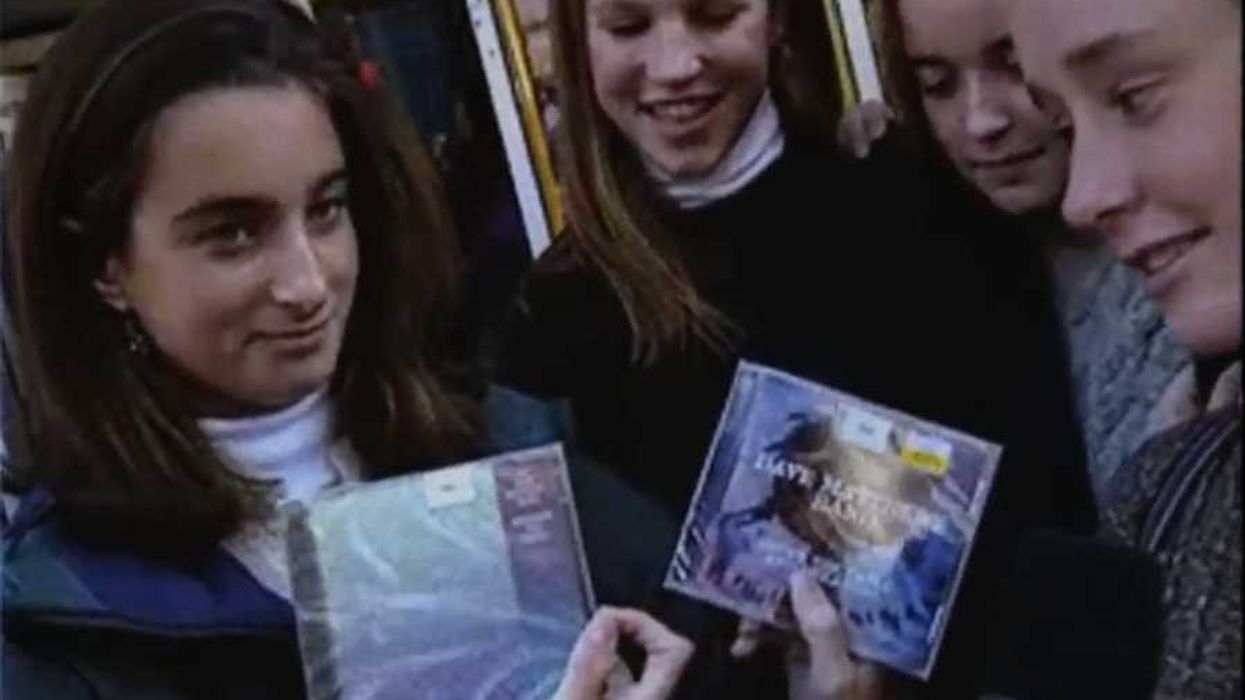







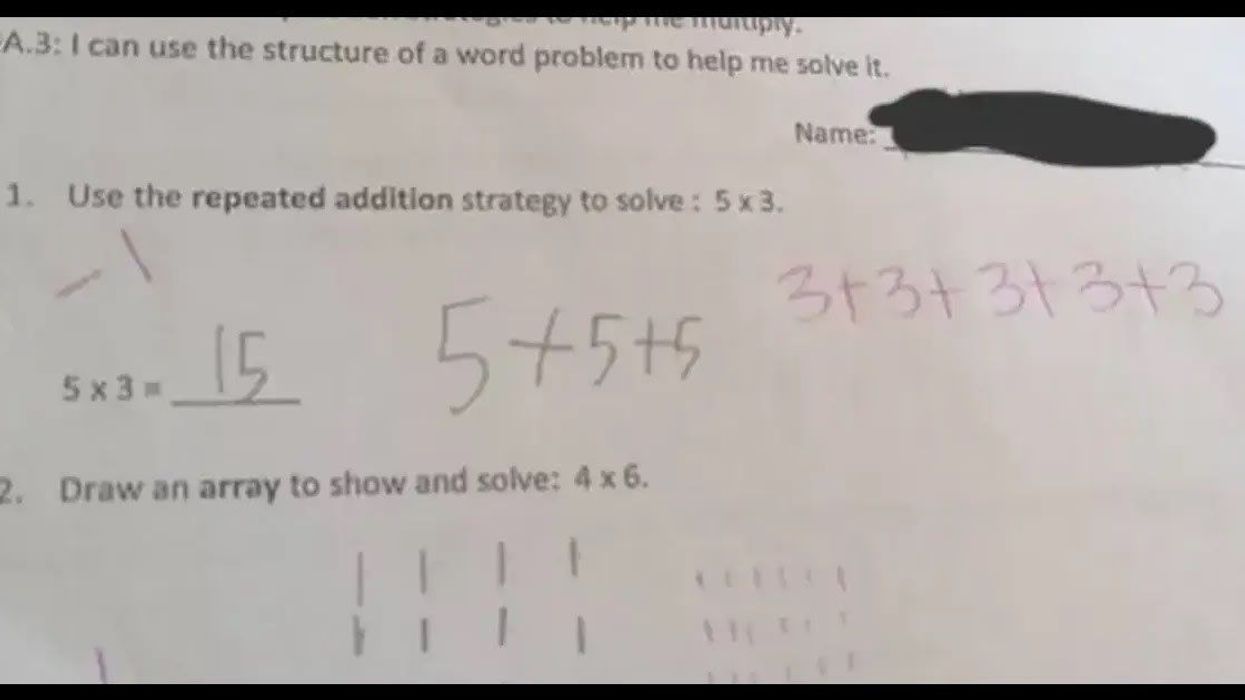


 Ladder leads out of darkness.Photo credit
Ladder leads out of darkness.Photo credit  Woman's reflection in shadow.Photo credit
Woman's reflection in shadow.Photo credit  Young woman frazzled.Photo credit
Young woman frazzled.Photo credit 
 A woman looks out on the waterCanva
A woman looks out on the waterCanva A couple sits in uncomfortable silenceCanva
A couple sits in uncomfortable silenceCanva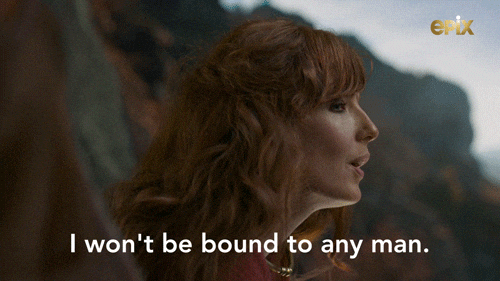 Gif of woman saying "I won't be bound to any man." via
Gif of woman saying "I won't be bound to any man." via  Woman working late at nightCanva
Woman working late at nightCanva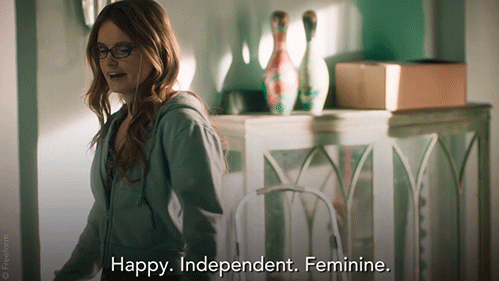 Gif of woman saying "Happy. Independent. Feminine." via
Gif of woman saying "Happy. Independent. Feminine." via 
 Yonaguni Monument, as seen from the south of the formation.
Yonaguni Monument, as seen from the south of the formation. 

